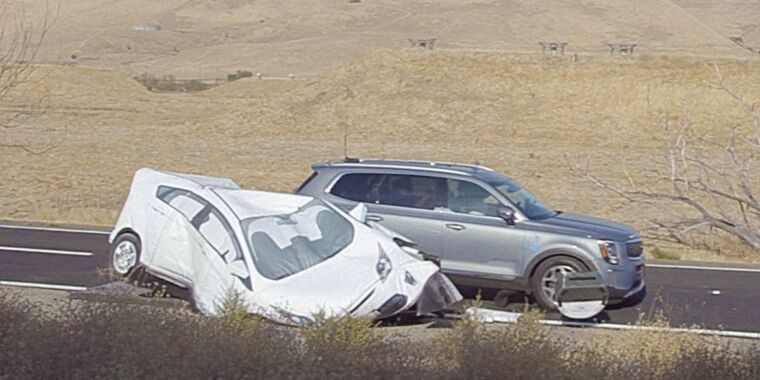That could be true, all I know is radar was causing problems at Tesla.
VAGs ACC might not be a FSD solution, the driver may have to pay attention, so emergency breaking in response to radar might not happen.
If the VAG solution does do emergency breaking in response to radar, it would be interesting to know why it works better.
They probably use low def maps and only encounter this problem in low speed situations.
The car knows that it is in a parking area and would slow down.
Tesla has a lot of training data, they must have tested these scenarios.
If radar was useful in particular situations they would probably retain it.
Yep, have to put a lot of faith in Musk... I just worry he sees it as being plausible on the whole (highway and normal city driving) and then he gets absolutely focused on “don’t need it! This will work” before all the edge cases are determined. Then his team spends thousands of not tens of thousands of hours making it work in those cases.
Look at the other guys, they’ve largely caught up to Musk with “self driving” on freeways fairly quickly, especially for being large risk adverse established manufacturers. (Meaning I highly doubt they’re telling engineers to try whatever they think works, and if it’s good they’ll validate it fleet wide for potential addition etc.) Largely because they’ve slapped high def maps and or lidar into the cars. Could you imagine if Tesla had high def maps on the freeways in addition to what they’ve developed in vision?
I guess I would be happier if Musk said something like “radar removal has been running in shadow mode for the last year and agrees or exceeds current decisions.” I also would be more open if he tossed in some comments about summon and other components.
Can vision determine a shopping car in the traffic lane when maybe behind it is a bunch of bushes in the winter (so just bare sticks and stuff). Though at the same time, would radar return a hit on something like a shopping cart that’s fairly small and made up of a lot of empty space?
I picture Musk having a need to fit square and round shaped objects through something and instead of designing his receiver to have a square and round opening, he insists his team makes it work with only one opening and they come up with a way to melt down one of the objects, cast it into the other shape, machine and polish it back to final finish, and then pass it through the receiver.... and sure, the receiver is more simple in their case and it’s cheaper or less parts... but they designed a whole forged and finishing shop to get to that space...
He does deliver on crazy things though. Radar removal probably will work... I hope it just doesn’t make some “off normal” cases worse for the next couple years in the process.



